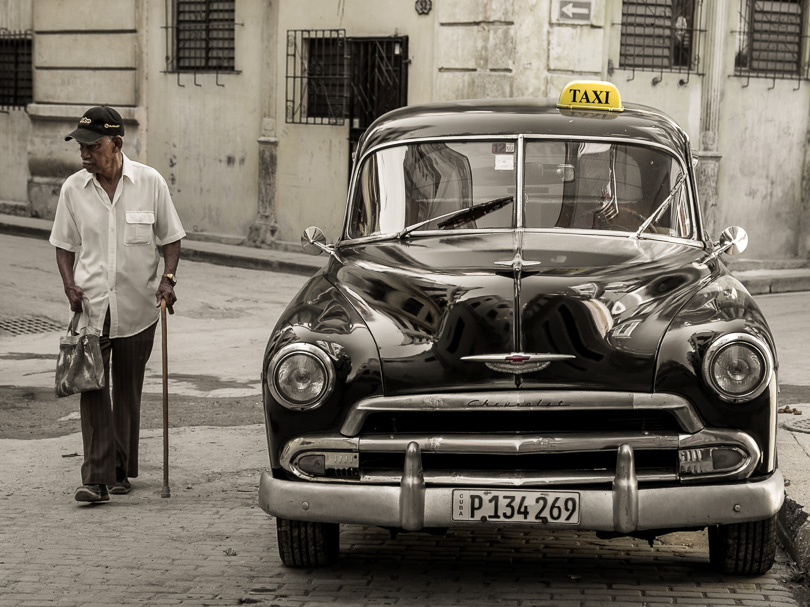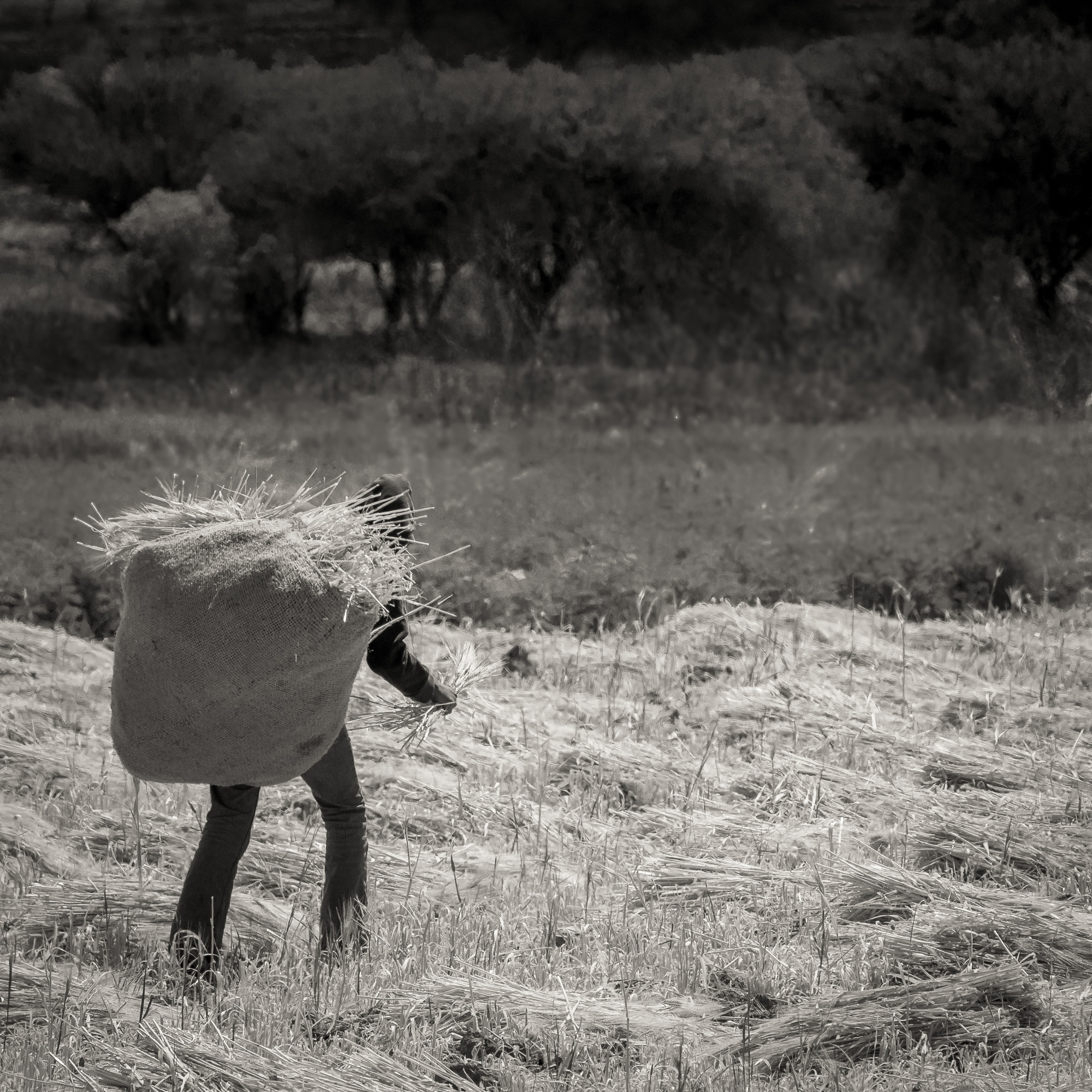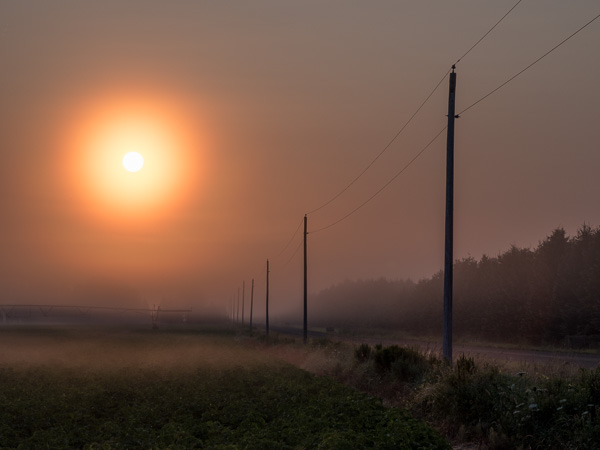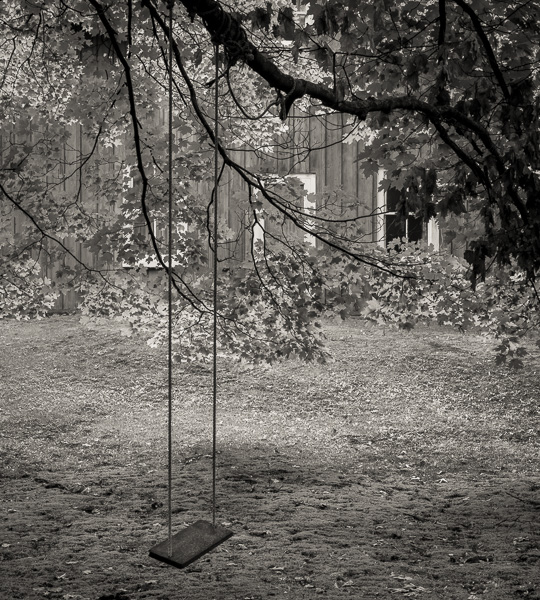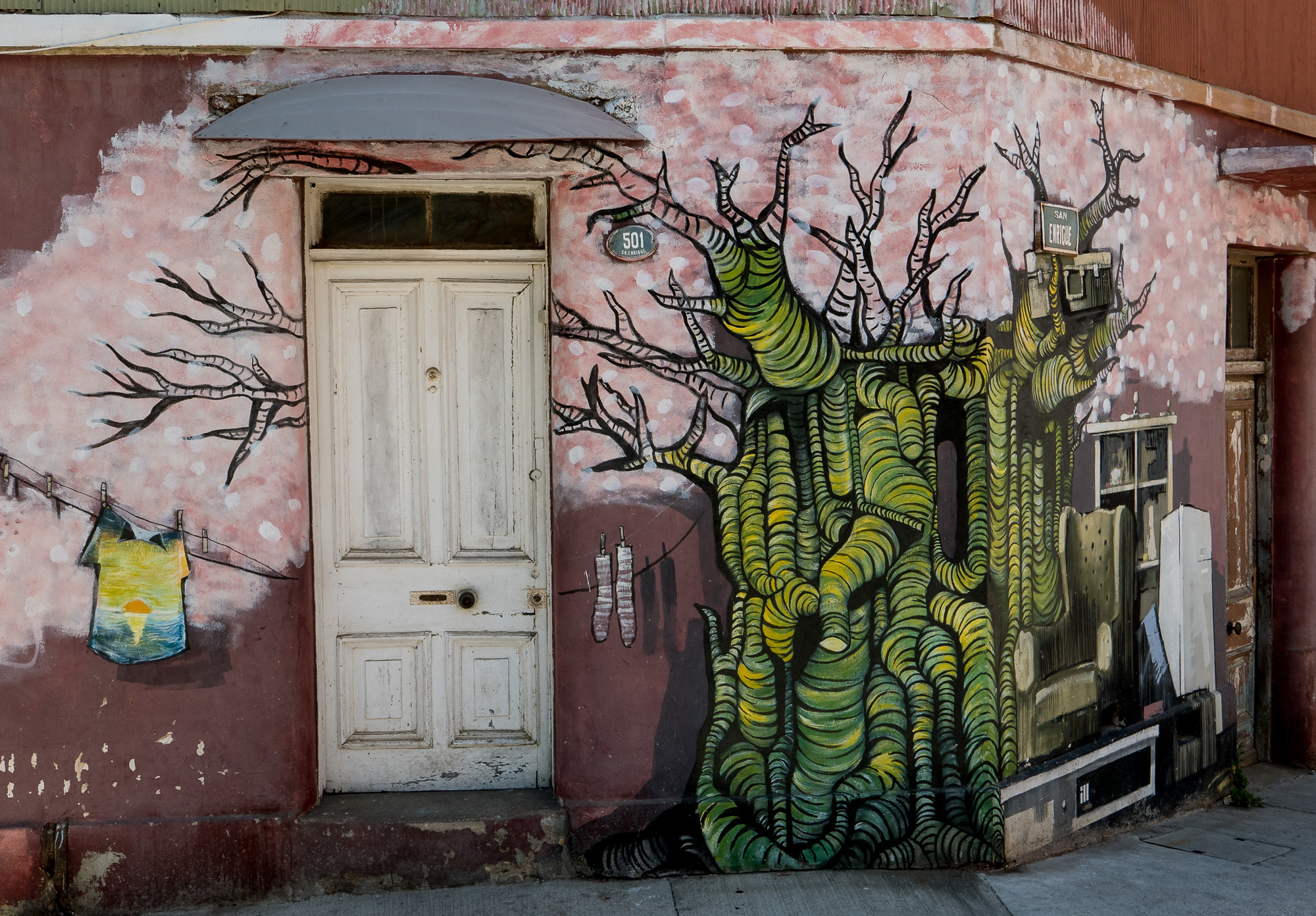What is exposure compensation and how does it work? If you’ve been wondering about that mysterious +/- dial on your camera, you’re definitely not alone. This is probably one of the most common questions I get from photographers who are ready to move beyond full auto mode.
While exposure compensation (EV +/-) can absolutely save your shots in tricky lighting, I’ve noticed something interesting: photographers who learn to work beyond this feature often develop a much deeper understanding of light and how their cameras actually think.
So let’s get into when exposure compensation makes total sense, when you might want to skip it, and some alternatives that could really help your photography.
What Is Exposure Compensation? The Complete Definition
Exposure compensation is basically your camera’s override button – it lets you tell your camera “hey, I know you think this should be exposed a certain way, but I want it brighter or darker.”
When you dial in +1 EV, you’re asking for twice as much light as your camera originally planned. Set it to -1 EV, and you’re cutting that light in half.
So how does this actually work under the hood? Your camera’s built-in meter has one job: make everything look like it’s middle gray (technically 18% gray).

When you use exposure compensation, you’re basically telling your camera “I know this scene should be brighter or darker than your standard middle gray target.”
Your camera then adjusts whatever settings it’s controlling – usually shutter speed if you’re in Aperture Priority, or aperture if you’re in Shutter Priority.
What camera modes work with exposure compensation? EV compensation functions in Aperture Priority (A/Av), Shutter Priority (S/Tv), and Program modes. It has no effect in full Manual mode unless Auto ISO is enabled, and it’s typically overridden in full Auto mode.
When to Use Exposure Compensation: Classic Scenarios
Understanding when to use exposure compensation helps you recognize the limitations of your camera’s metering system. Here are the most common situations:
Snow and Beach Photography
How much exposure compensation for snow? Typically +1.5 to +2 EV is needed because your camera will try to render bright white snow as middle gray, resulting in underexposed, gray-looking snow. The same principle applies to bright sand at the beach.
Backlit Subjects
When photographing people against bright windows or outdoors with the sun behind them, +1 to +2 EV compensation helps properly expose your subject’s face. Your camera’s meter sees the bright background and underexposes the person in the foreground.
Dark Subjects
How to use exposure compensation for dark subjects? Apply -1 to -2 EV when photographing predominantly dark scenes like a black car against dark pavement, or evening/night scenes where you want to maintain the natural darkness rather than letting the camera brighten everything.
High Contrast Situations
What is the best exposure compensation for high contrast lighting? This depends on your creative priority. For silhouettes, use at least -1 to -2 EV. For preserving subject and shadow detail in mixed lighting, start with +1 EV and adjust based on your histogram.
The Alternative Approach: Reading Your Camera’s Built-in Meter
Now here’s something that might change how you think about photography. Instead of immediately reaching for that +/- dial, try actually paying attention to what your camera’s meter is telling you.
You know that little exposure scale in your viewfinder showing +2, +1, 0, -1, -2?
Most people see that as a problem to fix, but here’s a thought – think of it as your camera having a conversation with you about the light.
Here’s how to read what your camera is actually saying:
- When you see +2 on the meter: “Hey, with these current settings, this scene is going to be 2 stops brighter than I usually aim for”
- When you see -1: “Just so you know, these settings will make this scene 1 stop darker than my usual target”
- Think of this as information, not instruction
And honestly? Sometimes you WANT that +2 reading when you’re shooting snow. Sometimes that -2 reading is exactly what you need for a moody evening scene.
When you start reading your camera’s meter as creative information instead of something that needs fixing, you’ll develop way stronger technical skills.
Spot Metering: The Skill That Helps You
Spot metering is like having superpowers – it measures light from just a tiny 1-5% of your frame, usually wherever you’ve placed your focus point.
This little tool eliminates most of those situations where you’d normally reach for exposure compensation.
Here’s how to use it:
- Point it right at your subject’s face for portraits
- Aim it at the brightest area where you still want detail in landscapes
- Find a nice mid-tone area when you’re not sure what to meter
- Start learning what “zone” different subjects should live in tonally
And here’s the cool part: When you spot meter on someone’s skin (which should look about 1 stop brighter than middle gray), you can set your exposure to put that skin tone exactly where you want it. No compensation needed – you’re making direct, intentional choices about your exposure.
Auto ISO: The Better Automation Choice
Okay, if you really need some automation help (and hey, we all do sometimes), here’s an approach for you: Auto ISO often gives you way better creative control than exposure compensation ever could.
Think about it this way…what really matters for your creative vision?
Consider the depth of field and how much you want in focus (that’s your aperture/fstop) and how motion looks (that’s your shutter speed). These are the things that make your photos look the way YOU want them to look.
Here’s the beautiful thing about Manual mode + Auto ISO:
- YOU choose the aperture for exactly the depth of field you want
- YOU pick the shutter speed to freeze or blur motion just right
- Your camera handles the one variable that affects image quality the least and can be largely corrected
- No more fiddling with compensation dials while your moment disappears
Setting this up is super simple:
- Flip to Manual mode (don’t panic!)
- Set your aperture and shutter speed for the creative effect you want
- Turn on Auto ISO and set a reasonable max (maybe ISO 3200 or 6400)
- Let your camera do the math while you focus on the art
This way, you’re still making all the creative decisions, but you’re not getting bogged down in exposure calculations.
Exposure Compensation vs Manual Mode: Which is Better?
When should I use manual mode instead of exposure compensation? Manual mode becomes preferable when:
- Lighting remains consistent (studio work, controlled environments)
- You need specific combinations of aperture, shutter speed, and ISO
- You’re using flash or mixed lighting sources
- You want to learn exposure relationships without automation
- You’re a control person
Manual mode advantages over exposure compensation:
- Forces you to understand the exposure triangle relationships
- Provides complete creative control
- Eliminates dependency on camera’s metering decisions
- Better for building fundamental photography skills
Common Exposure Compensation Mistakes to Avoid
What are the most common exposure compensation errors?
Forgetting to Reset
The #1 exposure compensation mistake: Forgetting to reset after specific shooting conditions. Set it, but DON’T forget it. After using +2 EV for snow photography, leaving compensation on will overexpose subsequent normal lighting situations.
Wrong Direction Compensation
Understanding why your camera “got it wrong” prevents incorrect EV direction. If your camera underexposes a bright scene, it’s not broken – it’s following its programming to render everything as middle gray.
Over-reliance on Compensation
Using exposure compensation as a crutch prevents development of fundamental exposure skills. Understanding WHY your camera makes certain decisions builds better long-term photography abilities.
Ignoring the Histogram
How to use histogram with exposure compensation: Always check your histogram after applying compensation. The histogram shows objective data about your exposure decisions, while the LCD preview can be misleading in different viewing conditions.
Metering Modes and Exposure Compensation Interaction
How do different metering modes affect exposure compensation needs?
Matrix/Evaluative Metering
- Analyzes multiple zones across the frame
- More complex algorithms can make compensation effects less predictable
- Generally good for most situations but may require minor adjustments
Center-Weighted Metering
- Emphasizes central 60-80% of frame
- More predictable response to exposure compensation
- Good balance between automation and control
Spot Metering
- Measures only 1-5% of frame
- Most precise control, often eliminating need for compensation
- Requires understanding of tonal relationships
- Best for learning exposure principles
Partial Metering (Canon)
- Larger than spot but smaller than center-weighted
- Compromise between precision and automation
- Useful for backlit situations
The Histogram: Your Most Important Exposure Tool
How to read histogram for proper exposure:
- Shadows on left, highlights on right
- Clipping warnings show areas of lost detail
- Shape matters more than position – some scenes should be weighted toward shadows or highlights
- Use live histogram when available for real-time feedback
Why histogram beats exposure compensation: The histogram provides objective data about your actual capture, while exposure compensation is a subjective adjustment based on assumptions about what your camera “should” do.
Building Your Exposure Skills: A Progressive Approach
How to improve exposure without relying on compensation:
Step 1: Understand Your Camera’s Meter
- Study how meter readings change across different subjects
- Practice predicting meter readings before checking
- Learn to see meter information as creative data
Step 2: Master Spot Metering
- Practice metering on specific areas of your scene
- Understand tonal relationships (skin = Zone VI, bright snow = Zone VIII)
- Use spot metering to place subjects in desired tonal ranges
Step 3: Experiment with Manual Mode
- Try manual mode in consistent lighting
- Use Auto ISO initially to build confidence
- Gradually take control of all three exposure variables
Step 4: Study Light Direction and Quality
- Notice how different lighting affects meter readings
- Understand why certain situations fool camera meters
- Develop intuition for challenging lighting scenarios
When Exposure Compensation Still Makes Perfect Sense
Let’s be honest about when exposure compensation absolutely makes sense, because there are definitely times when it’s exactly the right tool:
When You’re Moving Fast
Wedding ceremonies, your kid’s soccer game, street photography where the perfect moment lasts about half a second – sometimes you just need that quick +1 adjustment and don’t want to overthink it.
When You’ve Got It Figured Out
Maybe you’re doing portraits in your favorite spot and you’ve learned that this particular light always needs +2/3 compensation for the skin tones you love. Why reinvent the wheel every time?
For SOOC (Straight Out of Camera) JPEG Workflows
Here’s where exposure compensation becomes valuable: when you’re using predetermined looks, film recipes, or camera profiles and want perfect JPEGs without post-processing.
Maybe you’ve got a gorgeous film simulation recipe that gives you that perfect vintage look, but you’ve noticed it tends to bury shadow details and makes everything a bit too moody. Or perhaps your favorite portrait profile consistently blows out highlights on bright skin tones.
This is exactly when EV compensation shines — you can dial in -1/3 or -2/3 EV to keep those highlights in range, or bump it up +1/3 to lift those shadows, all while keeping that carefully crafted look intact. You’re not changing the character of your recipe, just fine-tuning the exposure to get the most out of it straight from the camera.
Advanced Exposure Techniques Beyond Compensation
Exposure techniques for intermediate photographers:
Zone System Application
- Understanding traditional Zone I through Zone X
- Placing subjects in appropriate tonal zones
- Using spot metering with zone system principles
Exposing to the Right (ETTR)
- Maximizing image quality by optimizing sensor data
- Using histogram to push exposure without clipping highlights
- Post-processing considerations for ETTR technique
Multiple Exposure Strategies
- Exposure bracketing for HDR photography
- Focus stacking with consistent exposure
- Blending techniques for extreme dynamic range
Conclusion: Building Solid Exposure Fundamentals
What’s the best way to learn exposure control? Understanding your camera’s meter, mastering spot metering, and developing a relationship with your histogram will serve you better than relying solely on exposure compensation. These skills build a foundation that works across all lighting conditions and creative scenarios.
The key insight: Your camera’s meter provides valuable information about light, not problems to solve. When you understand what your camera is measuring and why, exposure compensation becomes just one tool among many rather than a crutch that prevents skill development.
Moving forward: Start by observing your camera’s meter readings in different situations. Practice spot metering on various subjects. Check your histogram regularly. These habits will naturally develop the exposure intuition that makes compensation adjustments both more effective and less necessary.
Remember: Exposure compensation isn’t wrong – it’s simply one approach among many. The goal is building enough understanding that you can choose the right tool for each situation, whether that’s compensation, manual mode, incident metering, or direct meter interpretation.
Your photography will benefit from understanding all these approaches rather than defaulting to any single technique.
Do you agree or disagree with this assessment of using the EV +/- tool? How do you get the correct exposure? Are you a manual person? Let us know on the forum: https://forum.luminous-landscape.com/index.php?topic=144891.0






